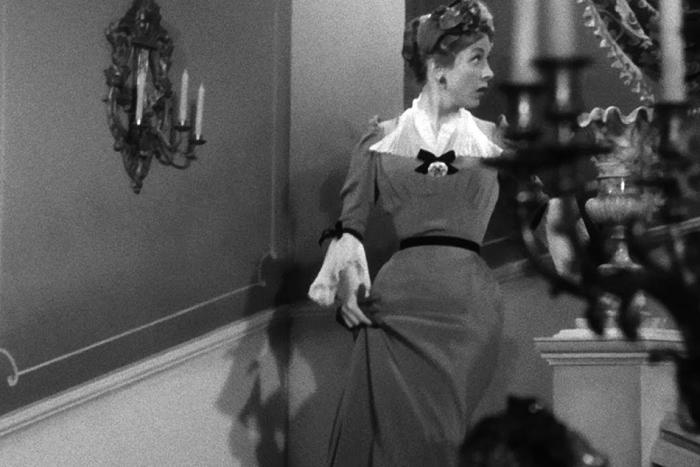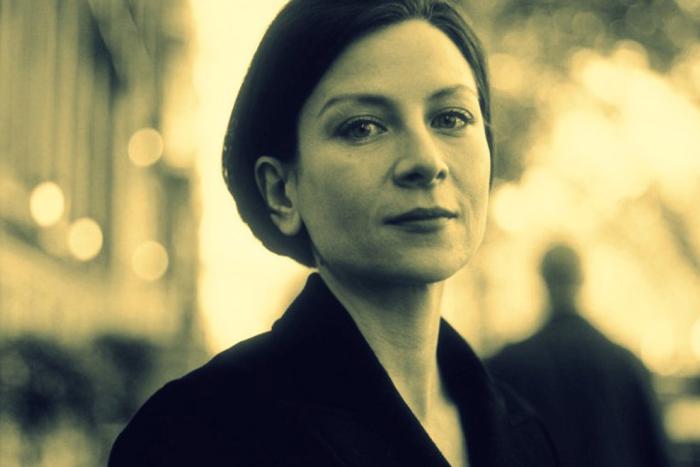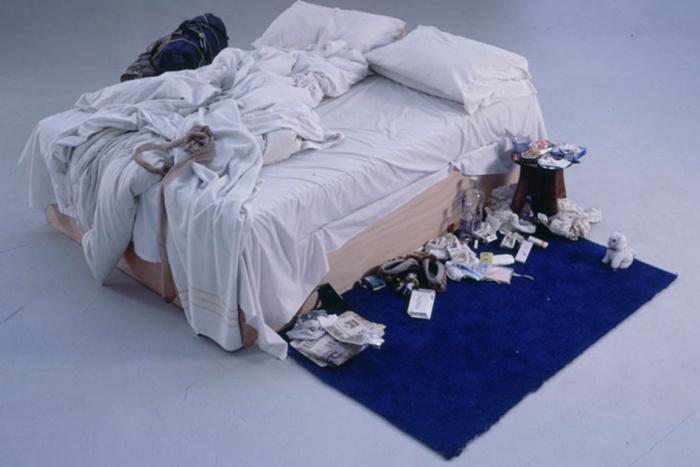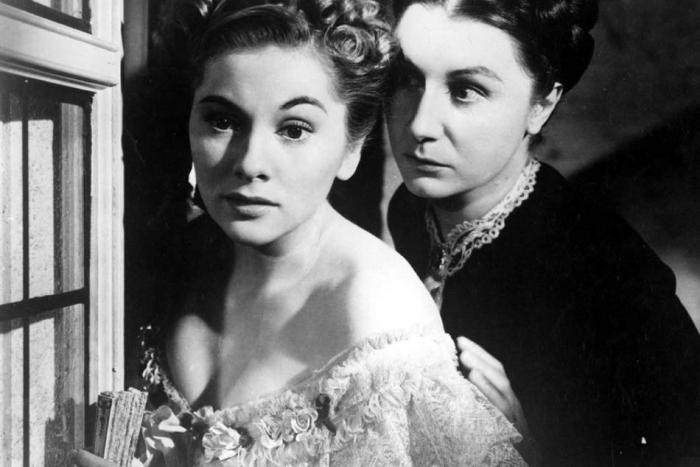Who gets to keep the record that everyone is so bored making?
The Book I Read
The Latest
However you felt about the film Manhattan, Lolita—and the spectre of Humbert Humbert—helps us figure out the relationship between Woody Allen the Artist, Woody Allen the Character, and Woody Allen the Potential Child Molester.
The word “chill” establishes the world of Tartt’s debut novel, a murder mystery that starts with death. But it falls short of describing the reader’s uncanny sense that the book knows something about her that she doesn’t.
James Salter's depictions of sex as a glorious, writhing inevitability in A Sport and a Pastime divulge certain truths about companionship. Meanwhile, he paints the entire world blue. The fifth in a series of essays on reading as personal experience.
On marriage, the problems with sisterhood, and how the show Girls is an update of the classic novel by Louisa May Alcott. The fourth in a series of personal essays about reading.
Michelle Houellebecq's Platform might just be the perfect Hobbesian novel—a book that plunges the reader into a moral universe where normal people feel sick, and sick people feel normal. The third in a series of essays on reading as personal experience.
On Gothic mansions, secrets, death, and exes. The second in a series of personal essays about reading.
On insomnia, the body as murder mystery, and the surreal genre novel Bolaño wrote when only 27 and barely sleeping. The first in a series of personal essays about reading.









